NEW YORK—Sweet acoustic melodies floated out of The Met’s Robert Lehman Wing court as I peered down from one floor above the exhibition “Death Is Elsewhere,” going on until Sept. 2. As I walked down the stairs to the exhibition, I realized the Dutch Golden Age of painting installation encircled where I was heading. It was like a mandala of art—a small universe of beauty—with soft folk mantras pulling me into its center.
Inside “Death Is Elsewhere,” the acclaimed Icelandic artist Ragnar Kjartansson had placed seven screens in a circle “like a high-tech Stonehenge,” he says in The Met’s online artist interview. On screen, two pairs of twins walk opposite each other, continuously moving from screen to screen, singing and strumming the guitar.
[Singing] In the dark, in the dark, my love, my love . . .
By the stream, by the stream, my love, my love . . .
The male twins are Aaron and Bryce Dessner of the popular American band The National, and Icelandic musicians Gyoa and Kristin Anna Valtysdottir, formerly from the band Mum. Since each pair is made of a man and woman (a Dessner brother and Valtysdottir sister), the two couples appear like mirror images of each other 180 degrees across the room. The men play guitar and sing; the women harmonize in dulcet tones, or echo back in a call and response.“It becomes a reflection of individuality. It almost feels like portraiture,” Kjartansson says in the same interview. “I really look at it as a kinetic painting.”
These motion-picture portraits did remind me of Rembrandt—introspective, honest, relatable, human. On screen, one pairing seemed to be more focused on each other, smiling, walking their own path; the other couple seemed to be more self-aware, occasionally looking across the exhibition at their reflections.
In one continuous 77-minute loop, they walked their path, figuratively smelling the roses and making music.
[Singing] Death is elsewhere . . .
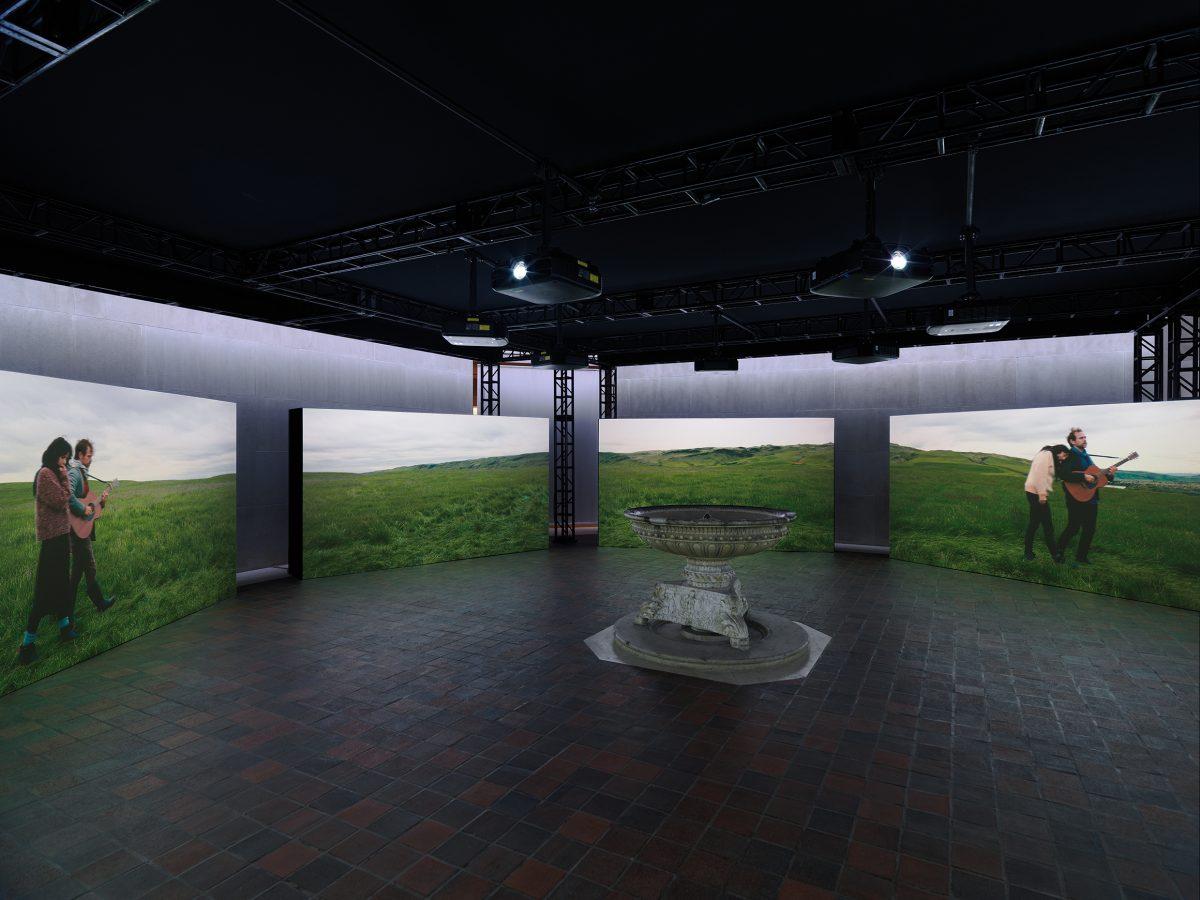
Into the Journey
Kjartansson grew up in Reykjavik, Iceland, the son of a famous Icelandic actress, Guorun Asmundsdottir, and a director-playwright father, Kjartan Ragnarsson.“I’m raised in the theater, and I always loved rehearsals because it’s just the same scene, over and over again,” Kjartansson says. “I remember the disappointment of seeing a play, with its narrative structure. Then there’s no space for the imagination.”
Kjartansson uses clichés in his craft, illustrating the pairs as archetypal couples whimsically in love.
“The core of the piece is this circular song that has no beginning and no ending, all about spring and love,” Kjartansson says. “We’re just having a lovely time in nature, and death is really elsewhere.”
But life does have duality, so where there is life, there is also death. On the screens, the foreground is lush and alive with vibrant grasslands, but far away on the horizon, we see hardened volcanic landscapes—a subliminal presence of death.
The project was filmed “around Eldhraun—the biggest lava field on Earth and one of the greatest natural disasters in history,” Kjartansson says. In 1783, the Laki volcano erupted and flowed for eight months, not only covering the earth with lava but also blanketing the sky with ash. Not many Icelanders died directly from the lava flow, but one fifth died from the effects of the dark, ashy sky blocking the sunlight. Crops and livestock died; disease and famine lived. The geological effects reached as far as the Middle East, North Africa, and beyond.
“Ragnar [Kjartansson] says that Ben Franklin wrote about the climate changing in northern America, created [by] the lava fields in which they are walking [in “Death Is Elsewhere”],” said Jennifer Farrell during a phone interview. She’s the exhibition’s curator and associate curator in The Met’s Department of Drawings and Prints. “There was nothing you could do. As much as we try to control our lives, there are other forces.”
Despite the region’s history, the cinematography isn’t morbid at all; it is bright and hopeful. It reminded me of the Yellowstone fires in the late 1980s. After the destruction, new ecosystems emerged, and long lost animal species returned and flourished.
Endless Summer
The feeling of eternity you get from the installation doesn’t just come from its cyclical, repetitive nature. It was shot just after midnight around the summer solstice, when Iceland gets almost 24 hours of daylight.“Nature is so very vibrant at this time of year, when there is no darkness,” Kjartansson says in the interview.
“He chose this time because this is when the birds were asleep,” Farrell said. “You start to hear the birds waking up.”
The illusion of timelessness captivated me. The 77-minute film was shot in one take, with no predetermined amount of time. Like a Buddhist mandala sand painting, Kjartansson’s art pulled me into the eternity of the moment, and the living act of creation. I was in no rush to leave and metaphorically blow the sand away.
I also found myself absorbing a prevalent message, or spirit, from “Death Is Elsewhere.” The music, the twins, the aimless cyclical wandering—there was a lack of pursuit or intention behind it. The couples were simply following a natural path.
“You think you’re only in there for 10 minutes, and you look up and it’s been 45 minutes, it’s been two hours,” Farrell said. “It really is almost a place where you get so enveloped in the piece that the passage of time stops.”
As I exited the seven-screen exhibition, back into the circle of Dutch masters, Gerard de Lairesse’s painting “Apollo and Aurora” gazed at me from a serendipitous location. The Greek god of sun and goddess of dawn gazed at me closest to the screen where the Icelandic sun shone brightest.
Kjartansson noticed the same thing after the screens were installed. “He found [it] just a wonderful coincidence,” Farrell said.
J.H. White is an arts, culture, and men’s fashion journalist living in New York.

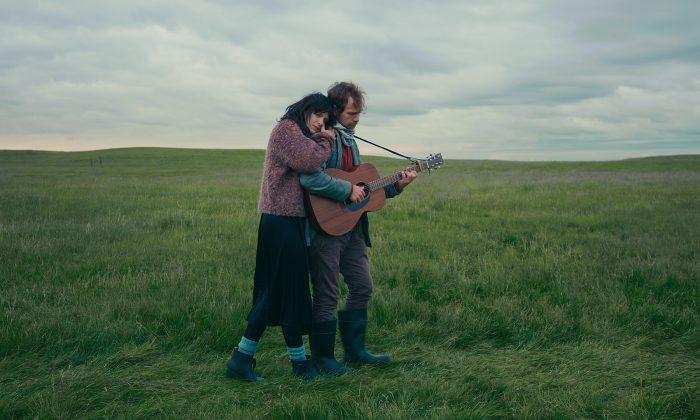
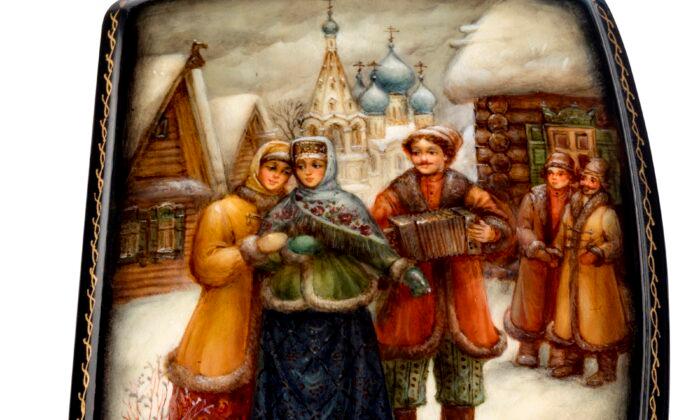
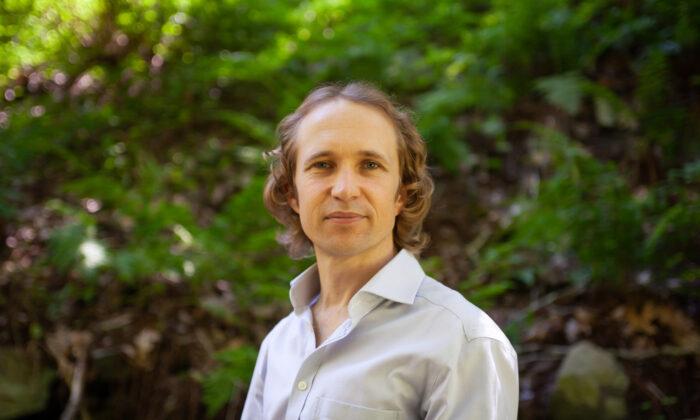
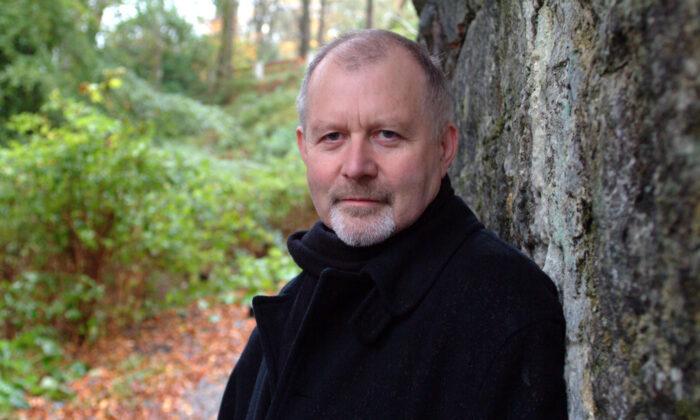
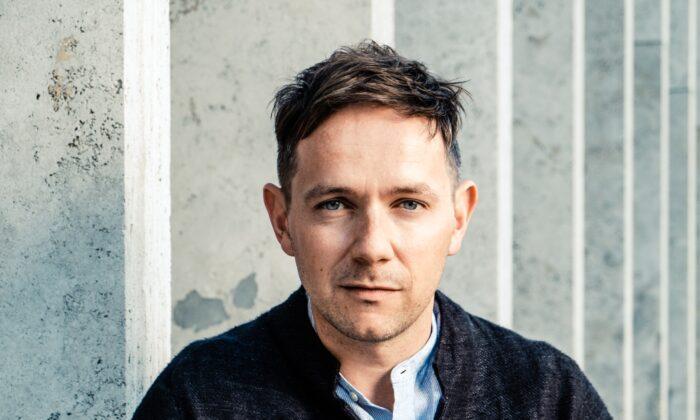
Friends Read Free